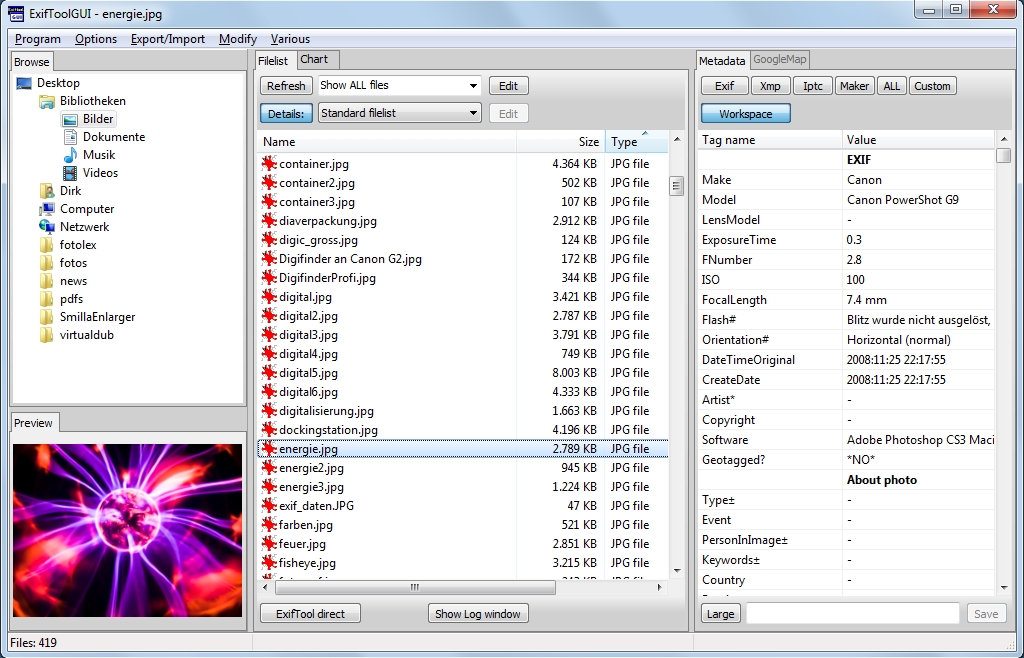
GPS devices tend to be quite heavy on batteries in general - and the GPS hot shoe device is no exception. Trip hazard, anyone?!Ī major problem is the power consumption. And it’s not that the camera now looks and feels clunky and has cables running around it. Sure, there’s the option of purchasing a not-so-cheap external GPS device that goes on the hot shoe of the camera.īut there’s a problem. Like most DSLRs, mine does not support geotagging out of the box. Thanks, Isaac! Hot Shoe Devices, Flat Batteries, and Long Waits Sometimes you just can’t really beat physics.

All I know is that whatever model I hold in my hands is already outdated.īut even with all the advancements in sensors and algorithms, I personally prefer to drag along a DSLR for the really important shots.

Mobile devices have advanced at a stellar pace and now take better photos than ever before. And if you’ve accidentally disabled it, it’s one tap to turn it back on. Most manufacturers even enable it by default. Now, that’s location information support!īut the best part about geotagging is that it is now widely supported amongst modern phones out of the box when taking photos. One more tap took you straight to the location in Google Maps.
#EXIFTOOL GEOTAG FULL#
At the time of writing, it was sufficient to swipe up on a photo displayed full screen in Google Photos to reveal the corresponding location on a map. Similar functionality is build into modern photo apps on mobile devices. More recent versions even come with a “Show in Maps” button which allows to open the location in Apple Maps. The tab “GPS” (only available if location information is actually present in the photo) should then reveal the human readable location on a map.
#EXIFTOOL GEOTAG MAC#
This means that when when opening a geotagged photo in Preview on a Mac (and after indulging in it for long enough) it is fairly easy to get to the corresponding location information.Īll you need to do is press Command ⌘ + i to access the “More Information” window. Most modern operating systems as well as photo apps have human readable support for EXIF tags built right into them. Naturally, this comes with certain limitations, but EXIF tags generally allow to store various types of metadata and have numerous predefined fields ranging from aperture, shutter speed, and size of the photo all the way to location information. This way, the metadata of the photo is part of the photo. Technically, the location information is stored in the designated EXIF tags of the corresponding photo. So, the question of “Now, where was that again.?!” turns into “I know! University of Greenwich!”. Storing the information of where each photo was taken right inside in the photo itself.Īs hinted at in another article, I personally geotag all my photos. With photos being my personal mini-teleporters, I regularly had the above experience.

If the above sounds familiar then you’re in good company. But if it’s not there - where on earth is it then.?! Google says the place looks nothing like my photo now. It’s all coming back! Those great memories. Now, Where was That Again…?!Įver looked at a photo and all those emotions from way back when started coming back to life?! If your camera doesn’t already do so, Bash and ExifTool is all you really need for that. Geotagged photos know where they were taken.


 0 kommentar(er)
0 kommentar(er)
